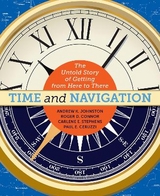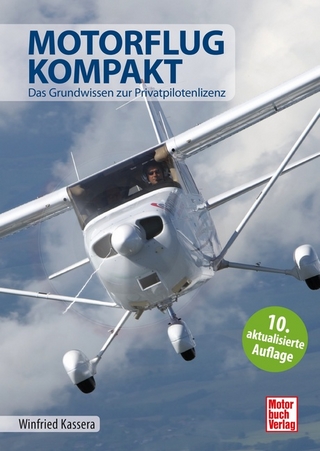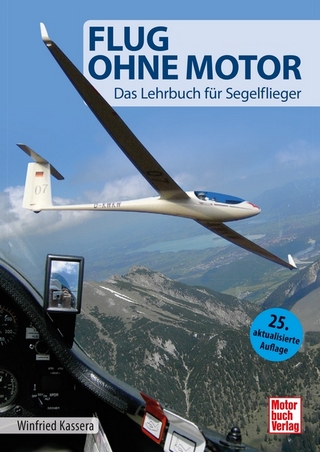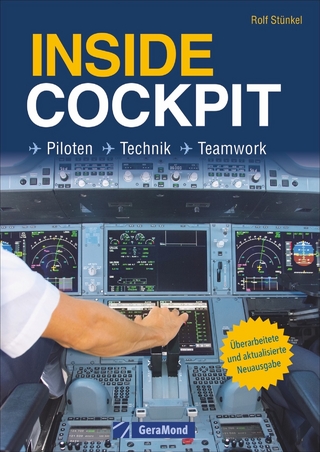
Time and Navigation
The Untold Story of Getting from Here to There
Seiten
2015
Smithsonian Books (Verlag)
978-1-58834-491-5 (ISBN)
Smithsonian Books (Verlag)
978-1-58834-491-5 (ISBN)
- Titel ist leider vergriffen;
keine Neuauflage - Artikel merken
Zu diesem Artikel existiert eine Nachauflage
Today we use smartphones and GPS, but navigating has not always been so easy. The oldest "clock" is Earth itself and the oldest means of keeping time came from observing changes in the sky. Early mariners like the Vikings accomplished amazing feats of navigation without using clocks at all. Pioneering seafarers in the Age of Exploration used dead reckoning and celestial navigation; later innovations such as sextants and marine chronometers honed these techniques by measuring latitude and longitude. When explorers turned their sights to the skies, they built on what had been learned at sea. For example, Charles Lindbergh used a bubble sextant on his record-breaking flights. World War II led to the development of new flight technologies, notably radio navigation, since celestial navigation was not suited for all-weather military operations. These forms of navigation were extended and enhanced when explorers began guiding spacecraft into space and across the solar system. Astronauts combined celestial navigation technology with radio transmissions. The development of the atomic clock revolutionized space flight because it could measure billionths of a second, thereby allowing mission teams to navigate more accurately. Scientists and engineers applied these technologies to navigation on earth to develop space-based time and navigation services such as GPS that is used every day by people from all walks of life.
Andrew K. Johnston is a geographer at the National Air and Space Museum, where he researches earth science and environmental change and performs outreach on earth and space science. Roger D. Connor is curator of instruments and avionics at the National Air and Space Museum. Carlene E. Stephens is the curator of timekeeping at the National Museum of American History. Paul E. Ceruzzi is the curator of aerospace electronics and computing at the National Air and Space Museum.
| Sprache | englisch |
|---|---|
| Maße | 229 x 279 mm |
| Themenwelt | Natur / Technik ► Fahrzeuge / Flugzeuge / Schiffe ► Luftfahrt / Raumfahrt |
| Natur / Technik ► Fahrzeuge / Flugzeuge / Schiffe ► Schiffe | |
| Geschichte ► Hilfswissenschaften ► Chronologie | |
| Geisteswissenschaften ► Geschichte ► Teilgebiete der Geschichte | |
| Naturwissenschaften ► Physik / Astronomie ► Astronomie / Astrophysik | |
| Technik ► Fahrzeugbau / Schiffbau | |
| ISBN-10 | 1-58834-491-6 / 1588344916 |
| ISBN-13 | 978-1-58834-491-5 / 9781588344915 |
| Zustand | Neuware |
| Haben Sie eine Frage zum Produkt? |
Mehr entdecken
aus dem Bereich
aus dem Bereich
das Grundwissen zur Privatpilotenlizenz
Buch | Hardcover (2024)
Motorbuch Verlag
39,90 €



